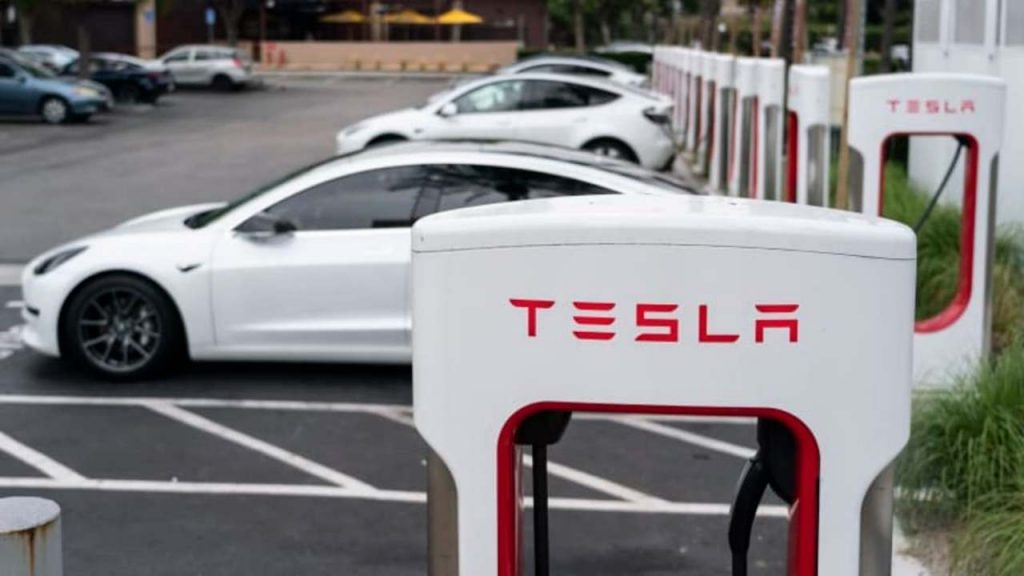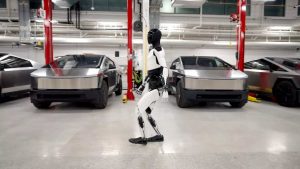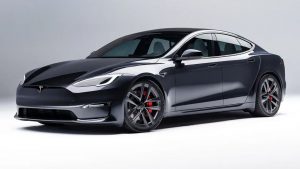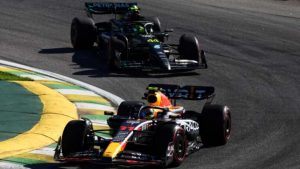Tesla’s Roller Coaster on the S&P 500: A Volatile Three-Year Journey

Tesla charging (autoblog.com)
From High Hopes to Valuation Challenges, What Lies Ahead for Tesla Investors?
Exactly three years ago tomorrow, Tesla Inc. marked its debut on the S&P 500 Index, initiating a turbulent journey for its shareholders. While Tesla’s stock has seen an 11% increase since its inclusion, the broader S&P 500 has surged by approximately 28%, led by tech giants like Microsoft, Apple, and Nvidia. Analysts, including Craig Irwin from Roth Capital Partners, attribute Tesla’s underperformance to its initially overstated valuation, suggesting that navigating the current stock volatility might be the key to profitability.
Despite the lackluster three-year return, Tesla’s stock experienced a highly volatile ride, with moments of an 80% surge and instances where it dipped below half its initial value. Looking forward, Tesla faces potential challenges as the demand for electric vehicles cools. Even with its dominant position in the sector, uncertainties loom, and the euphoric rally preceding Tesla’s S&P 500 entry provides some solace to investors, with a remarkable 731% surge in 2020 as it gained blue-chip status.
As the future unfolds, Tesla confronts the possibility of a challenging market environment. Analysts anticipate a 6% decrease in the stock over the next year, reflecting concerns about the projected decline in electric car demand in 2024. The pool of early adopters seems tapped out, and broader economic factors deter mainstream buyers. Moreover, Tesla’s ambitious goal of developing a truly self-driving car becomes a pivotal factor in its valuation, with approximately two-thirds of its value tied to the success of its “full self-driving” technology.
In the eyes of Nicholas Colas at DataTrek Research, Tesla’s valuation is intricately linked to its ability to deliver a genuinely autonomous vehicle. Recent setbacks, such as a large-scale recall due to safety concerns, add complexity to Tesla’s journey. Colas highlights the binary nature of Tesla’s investment case – investors who believe in Tesla’s capacity to lead in autonomous driving may remain steadfast, while skeptics may opt for a more cautious approach. Tesla’s future, it seems, hinges on navigating both market dynamics and technological challenges in the evolving landscape of electric and autonomous vehicles.







